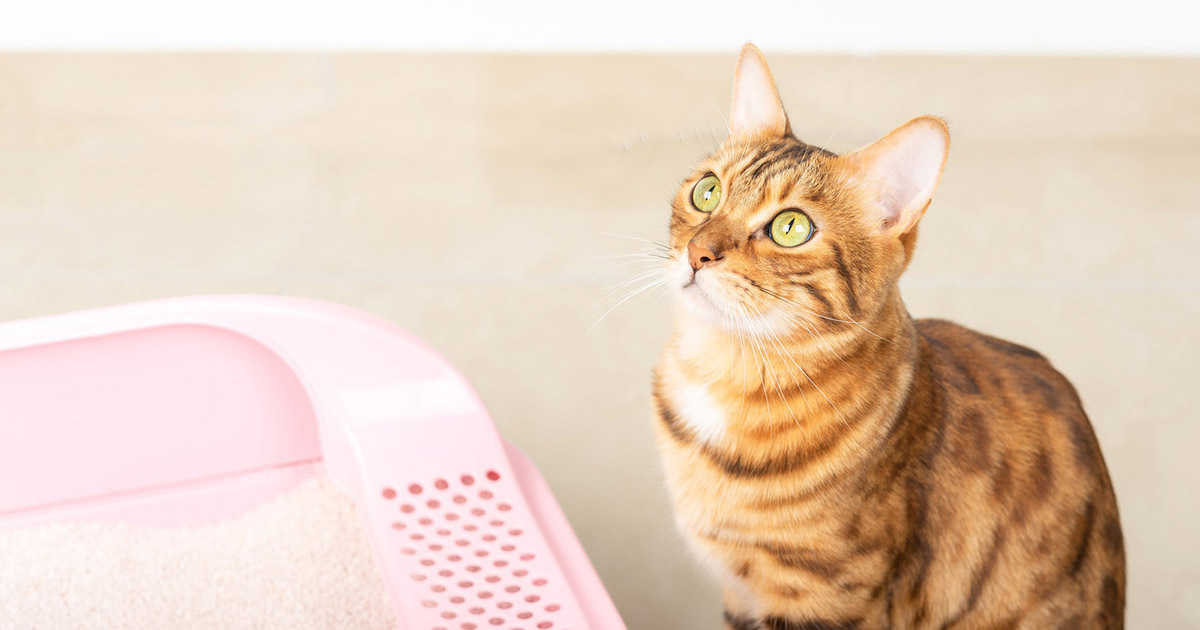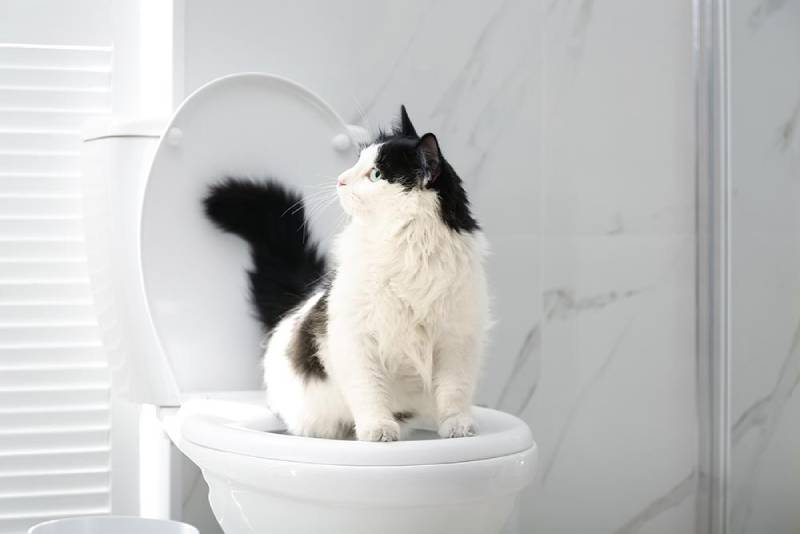Why Flushing Cat Poop Down Your Toilet Can Cause Problems - Recommendations for Proper Handling
Why Flushing Cat Poop Down Your Toilet Can Cause Problems - Recommendations for Proper Handling
Blog Article
What are your ideas concerning How to Dispose of Cat Poop and Litter Without Plastic Bags?

Intro
As feline proprietors, it's vital to be mindful of just how we deal with our feline close friends' waste. While it might appear hassle-free to purge cat poop down the commode, this practice can have destructive consequences for both the setting and human health and wellness.
Ecological Impact
Flushing cat poop presents damaging virus and parasites right into the water system, positioning a substantial danger to marine environments. These impurities can adversely affect aquatic life and compromise water high quality.
Health and wellness Risks
Along with ecological concerns, purging pet cat waste can likewise position wellness risks to people. Pet cat feces might include Toxoplasma gondii, a parasite that can create toxoplasmosis-- a potentially extreme disease, specifically for expecting females and people with damaged immune systems.
Alternatives to Flushing
Luckily, there are safer and a lot more liable methods to dispose of feline poop. Think about the following options:
1. Scoop and Dispose in Trash
The most typical approach of taking care of feline poop is to scoop it right into a biodegradable bag and toss it in the trash. Be sure to utilize a dedicated trash inside story and throw away the waste quickly.
2. Use Biodegradable Litter
Go with naturally degradable cat trash made from products such as corn or wheat. These clutters are environmentally friendly and can be safely dealt with in the garbage.
3. Bury in the Yard
If you have a backyard, consider burying feline waste in a marked location away from vegetable yards and water sources. Make sure to dig deep sufficient to prevent contamination of groundwater.
4. Install a Pet Waste Disposal System
Buy a family pet waste disposal system particularly developed for cat waste. These systems use enzymes to break down the waste, decreasing odor and environmental impact.
Final thought
Accountable animal ownership extends beyond providing food and sanctuary-- it additionally includes appropriate waste management. By refraining from purging feline poop down the bathroom and opting for different disposal approaches, we can lessen our environmental footprint and shield human health and wellness.
Why You Should Never Flush Cat Poop Down the Toilet
A rose by any other name might smell as sweet, but not all poop is created equal. Toilets, and our sewage systems, are designed for human excrement, not animal waste. It might seem like it couldn’t hurt to toss cat feces into the loo, but it’s not a good idea to flush cat poop in the toilet.
First and foremost, assuming your cat uses a litter box, any waste is going to have litter on it. And even the smallest amount of litter can wreak havoc on plumbing.
Over time, small amounts build up, filling up your septic system. Most litter sold today is clumping; it is made from a type of clay that hardens when it gets wet. Ever tried to scrape old clumps from the bottom of a litter box? You know just how cement-hard it can get!
Now imagine just a small clump of that stuck in your pipes. A simple de-clogger like Drano isn’t going to cut it. And that means it’s going to cost you big time to fix it.
Parasitic Contamination
Believe it or not, your healthy kitty may be harboring a nasty parasite. Only cats excrete Toxoplasma in their feces. Yet it rarely causes serious health issues in the cats that are infected. Most people will be fine too if infected. Only pregnant women and people with compromised immune systems are at risk. (If you’ve ever heard how women who are expecting are excused from litter cleaning duty, Toxoplasma is why.)
But other animals may have a problem if infected with the parasite. And human water treatment systems aren’t designed to handle it. As a result, the systems don’t remove the parasite before discharging wastewater into local waterways. Fish, shellfish, and other marine life — otters in particular — are susceptible to toxoplasma. If exposed, most will end up with brain damage and many will die.
Depending on the species of fish, they may end up on someone’s fish hook and, ultimately on someone’s dinner plate. If that someone has a chronic illness, they’re at risk.
Skip the Toilet Training
We know there are folks out there who like to toilet train their cats. And we give them props, it takes a lot of work. But thanks to the toxoplasma, it’s not a good idea.

I'm very interested in How to Dispose of Cat Poop and Litter Without Plastic Bags and I really hope you enjoyed the entire post. Sharing is nice. Who knows, you may be helping someone out. I praise you for your time. Visit us again soon.
Call Today Report this page